Would Your Planned Preventive Maintenance System Pass This Test?
Test
Check PPM systems exist for maintenance of all other items of M&E equipment and records are up to date. Auditor to randomly select a week and ensure that records correspond to checks required.
Reason for This Question
There must be PPM systems in place for the control of maintenance for all other items of M&E equipment such as boilers, generators, pressure systems etc.
Relevant Legislation, Guidance and/or Approved Codes
The Health and Safety at Work etc Act 1974
The Management of Health and Safety Regulations 1999
International standard for health and safety excellence ISO 45001.
The Lifting Operations and Lifting Equipment Regulations (LOLER) 1998
The Provision and Use of Work Equipment Regulations (PUWER) 1998
The Manual Handling Operations Regulations 1992
Possible Answers
Red: No system in place, contract expired, or contract in place but no records available
Amber: System in place but records not available
Green: System in place and records available
Common Issues
- System not implemented
- No documented system in place
- No records available
Fail Rate
60% of businesses failed this question based on our sample data.
How to Stay Compliant
Ensure you have a Planned preventive maintenance (PPM) system is in place and records are up to date.
Information
An Introduction to Building Maintenance
The building and facilities that are under our control must be maintained in a safe condition. This means, safe for everyone, which includes:
- Anyone who might be using equipment or moving equipment around,
- Any customer, guest, or visitor inside the premises,
- Members of the public passing outside,
- Contractors carrying out work.
Many items of fixed plant or equipment may need routine maintenance to ensure that they continue to work without breakdown / failure.
Some types of equipment may require formal inspection to confirm it is in a safe working condition, as well as routine maintenance to keep it running,
For example, Portable electrical equipment, lifts and lifting equipment and so on
The building itself will also require a certain level of routine maintenance, e.g. to replace damaged flooring that might present a tripping hazard.
Planned preventive maintenance (PPM), more commonly referred to as simply planned maintenance (PM) or scheduled maintenance, is any variety of scheduled maintenance to an object or item of equipment. Specifically, planned maintenance is a scheduled service visit carried out by a competent and suitable agent, to ensure that an item of equipment is operating correctly and to therefore avoid any unscheduled breakdown and downtime. – Wikipedia
Building maintenance needs
- For some building maintenance issues it may be easy to identify a “problem” and detail action that should be taken to prevent possible accidents.
- For many other maintenance issues it might be that a problem could build up very slowly and so not be so easy to identify.
- An example of this might be a non-slip edging on a step slowly wearing away to a point where it is not effective.
- Ideally the non-slip strip should be replaced before it becomes ineffective so that the control it provides, of preventing falls, is in place continually.
- The weekly safety report should identify such issues and ensure that they are dealt with.
- Other ways that maintenance needs might be spotted is through accidents.
- Remember that the best way to respond to an accident is to react and learn from one that does not involve an injury.
- If the cause of the accident was a failure in the building this should be put right before another accident happens.
- Do not wait for a number of near misses” as this will almost always lead to an actual injury being allowed to happen.
Fixed equipment
- All fixed equipment, such as air conditioning, will normally require some level of routine
maintenance. - If equipment fails this causes problems that may affect the operation of the premises.
- Equipment should never be allowed to fail due to lack of maintenance
Pressure systems
A pressure system is any equipment or machinery which has gases or liquids contained within it, operating above a certain pressure (above 0.5 bar), or any system where steam is held or transferred, at any pressure.
The types of equipment that might be classed as pressure systems and found in the premises include:
- Pressurised water / heating systems.
- Dumb Waiters / Mini Lifts
Equipment which is under high pressure can burst apart, if damaged or poorly assembled, potentially resulting in serious injury.
To ensure this does not happen, pressure systems must be correctly installed, maintained, used in accordance with supplier’s instructions, and regularly inspected.
Any inspection of a pressure system must be carried out by a competent contractor.
The contractor must provide a written inspection schedule which details how often the pressure system needs to be inspected and which parts of the system need to be inspected.
Records of inspections of pressure systems should be kept for at least 5 years and should be maintained in the health and safety records file.
Our Solutions
Health and safety manuals and risk assessments are available as part of our Health and Safety Management System packages.
This post is part of the “Focus on Health and Safety Audit Questions” series. A series which focuses on questions asked by our health and safety consultants when conducting a health and safety audit.

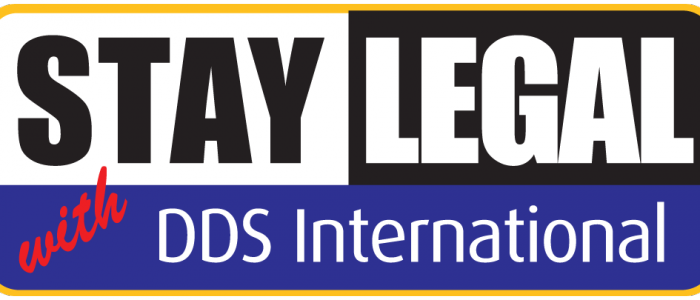
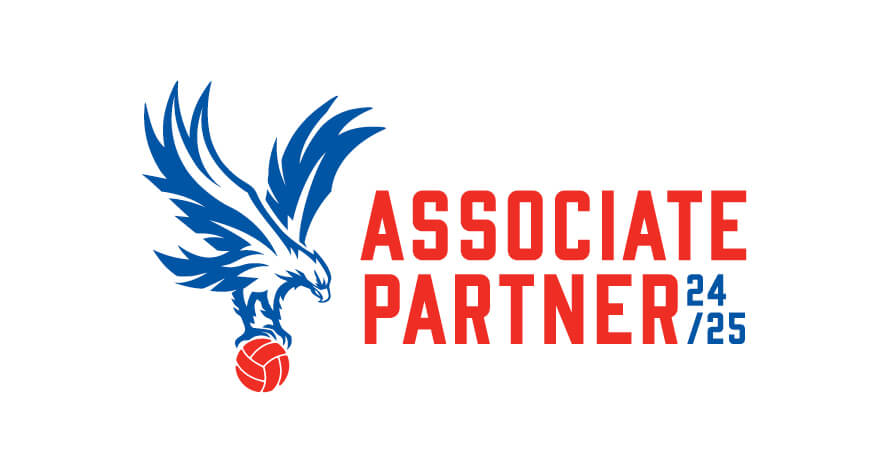
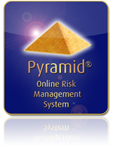


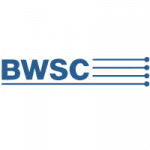



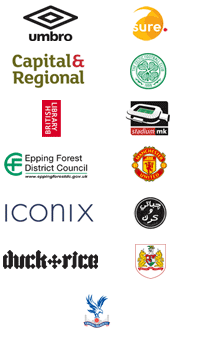
Comments are closed.